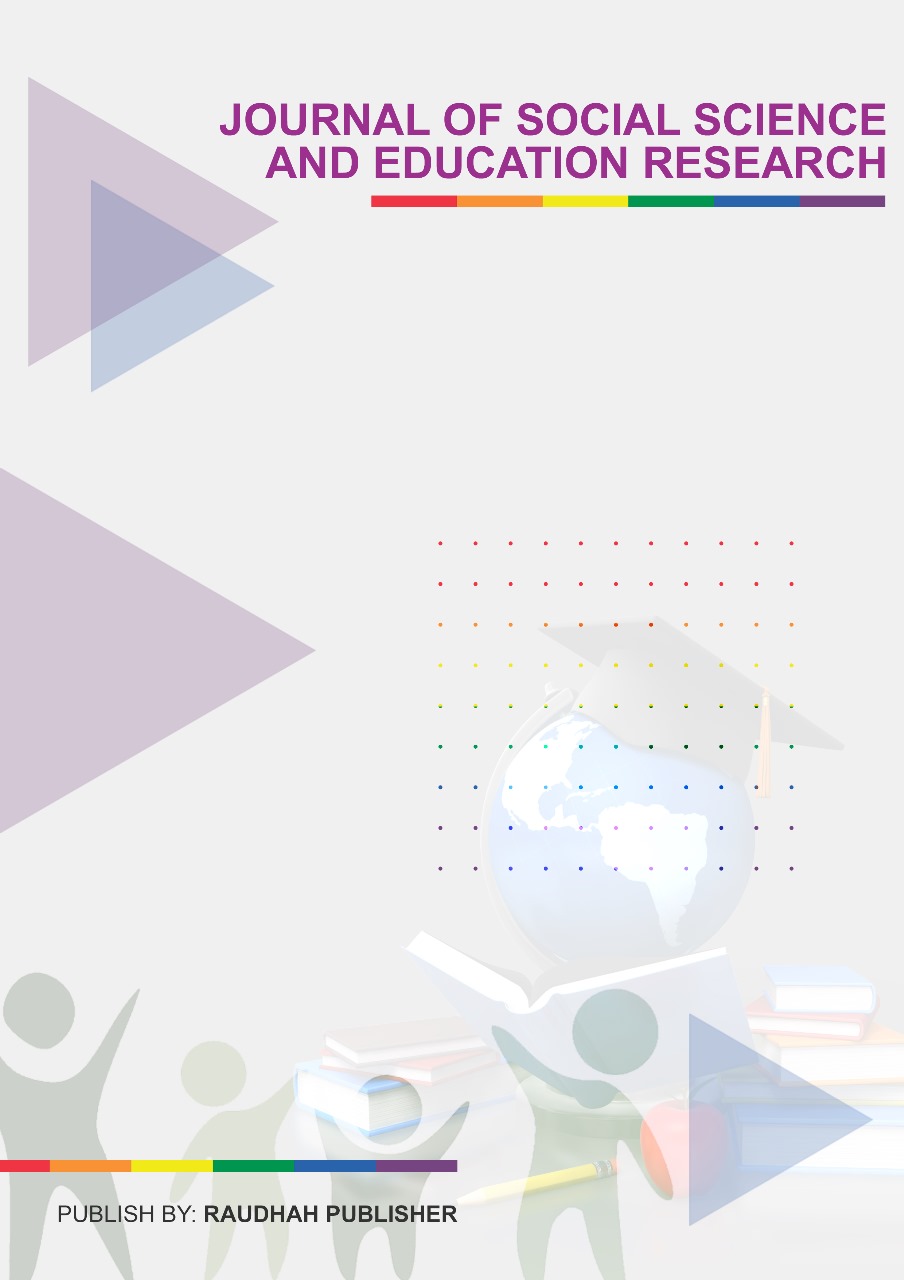Differences in Emotional Expressiveness Reviewed by Genderin TikTok Application Users
DOI:
https://doi.org/10.59613/c492vn30Keywords:
Emotional Expression, Expressiveness, EmotionsAbstract
Students in early adulthood often face various emotional and social challenges. TikTok, a platform that allows users to share short video content, has become a popular medium for students to express their emotions. This study aims to examine differences in emotional expression between male and female students. Based on Ekman’s theory (2003), it is understood that several emotions are considered universal and are similarly recognized by individuals across different cultural backgrounds. These universal emotions include anger, disgust, fear, happiness, sadness, and surprise. This study hypothesizes that (1) there is a difference in emotional expression between males and females; (2) there is no difference in emotional expression between males and females. A quantitative approach with a survey design was used, employing a comparative research method. The sampling technique was purposive sampling, and data were collected through questionnaires distributed to students aged 17–24 years in Padang City. The participants included 15 male and 39 female students. Statistical analysis was performed using SPSS software. The results showed no significant difference in emotional expression between male and female TikTok users (p-value = 0.244 > 0.05). These findings are consistent with the research hypothesis.
Downloads
Published
Issue
Section
License
Copyright (c) 2024 Husni Hidayah, Febriani Febriani, Khonsa Syahidah, Nazhifah Maimun, Vionny Wira Maqrisa, Sheizy Oktora Sagita, Fidia Oktarisa (Author)

This work is licensed under a Creative Commons Attribution 4.0 International License.




